DNA Damage/DNA Repair

The DNA in a human cell receives tens of thousands of damages per day due to both external (exogenous) and internal (endogenous) stress. The exogenous damages are caused by chemical contamination, UV light, ionizing radiation and alkylation/methylation etc, while the endogenous damages are coming from oxidation, alkylation and hydrolysis of bases etc. Since single strand and double strand breaks of DNA will occur after the damage, unrepaired DNA damage leads to cell senescent, apoptosis and malignancies etc. To overcome this threat, cell has developed DNA damage response, to detect DNA damage and mediate its repair.
DNA repair involves multiple mechanisms such as mismatch, base excision, and nucleotide excision repair etc. A group of proteins and pathways are participated in those processes. ATM/ATR kinases and DNA-PK are crucial for the detection of the DNA damage. Chromatin remodelers regulate chromatin accessibility for the DNA repair factors to function. RPA, Rad51 and the fanconi anemia proteins act directly on repairing the DNA damage. p53 network, the RAS GTPase superfamily, and the ubiquitin system also play important part in the DNA damage response. Aberrant DNA damage response is linked to aging, cancer and immune diseases.
-
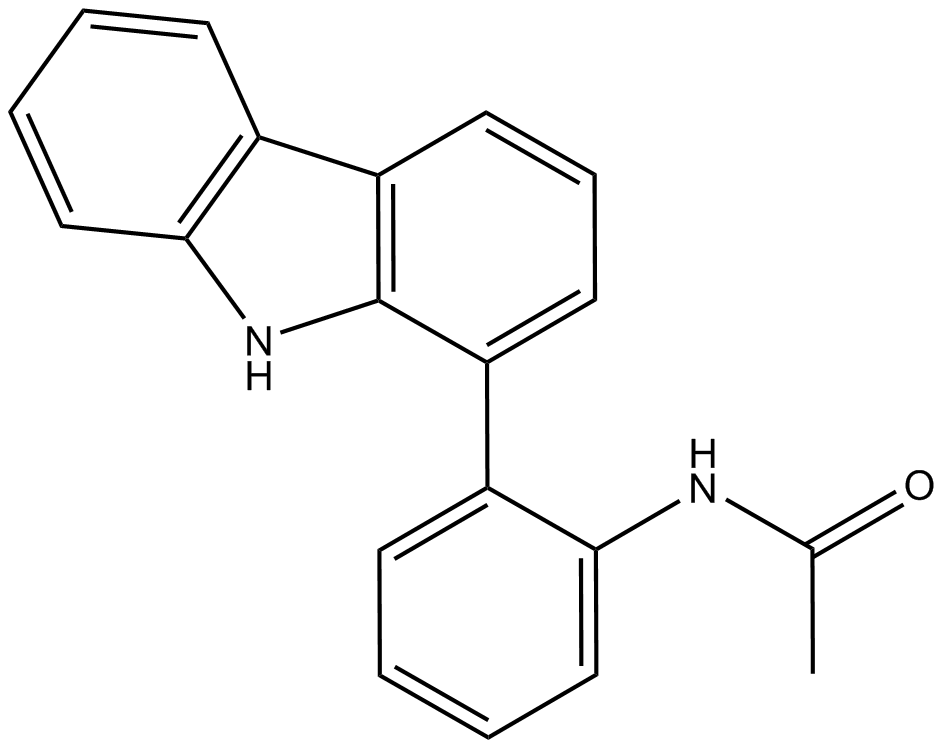 B8514 GeA-69Summary: PARP14的选择性变构抑制剂
B8514 GeA-69Summary: PARP14的选择性变构抑制剂 -
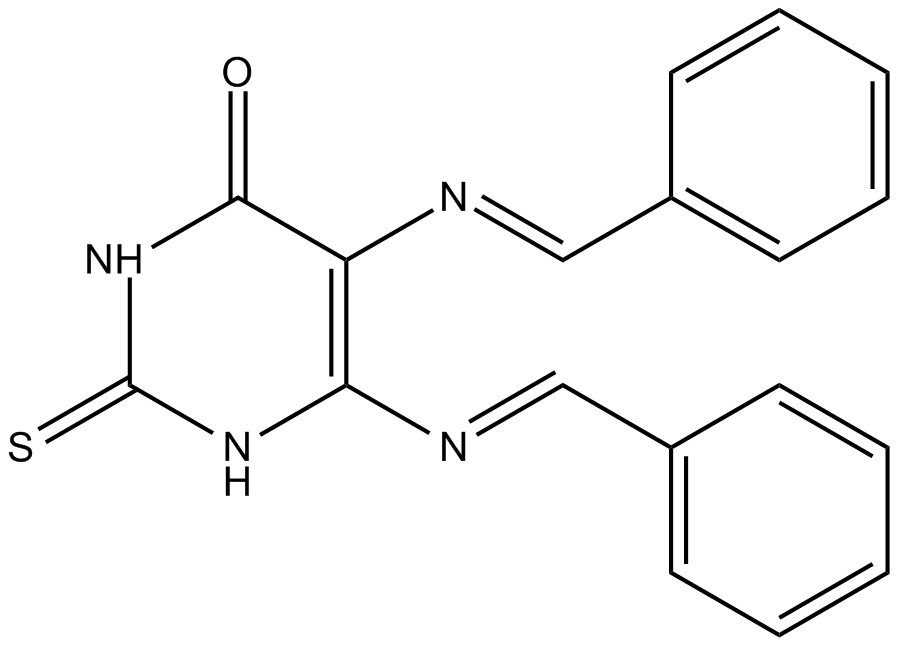 A8705 SCR76 CitationSummary: DNA连接酶IV抑制剂。
A8705 SCR76 CitationSummary: DNA连接酶IV抑制剂。 -
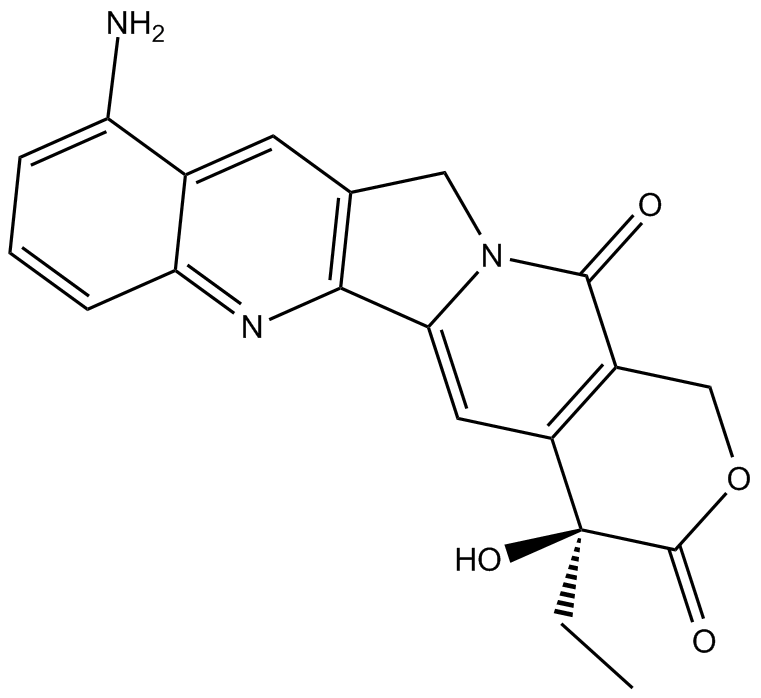 C5790 9-amino Camptothecin中文名: 9-氨基喜树碱Summary: 拓扑异构酶I抑制剂
C5790 9-amino Camptothecin中文名: 9-氨基喜树碱Summary: 拓扑异构酶I抑制剂 -
 C5851 MI-192Summary: 组蛋白去乙酰化酶(HDACs)抑制剂
C5851 MI-192Summary: 组蛋白去乙酰化酶(HDACs)抑制剂 -
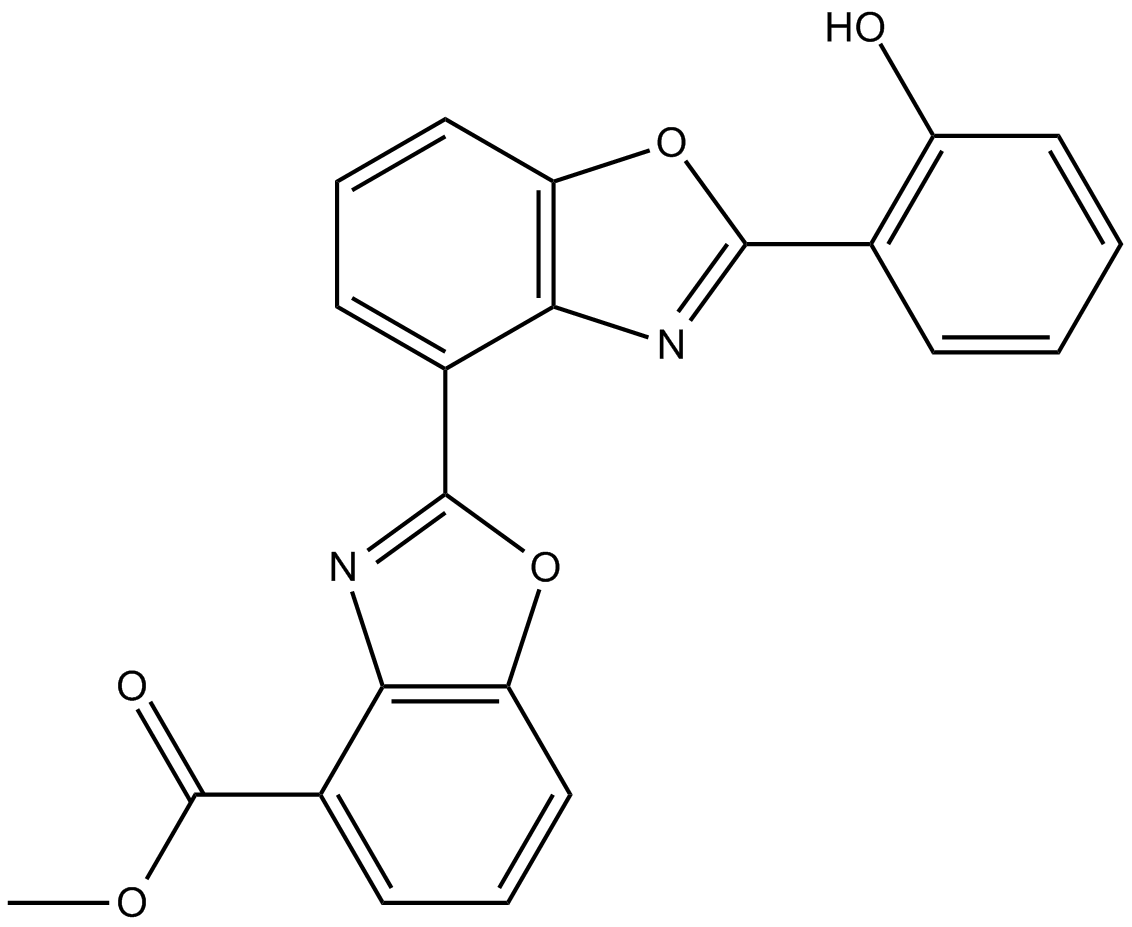 C5006 UK 1Summary: 拓扑异构酶II和丙型肝炎病毒复制的抑制剂
C5006 UK 1Summary: 拓扑异构酶II和丙型肝炎病毒复制的抑制剂 -
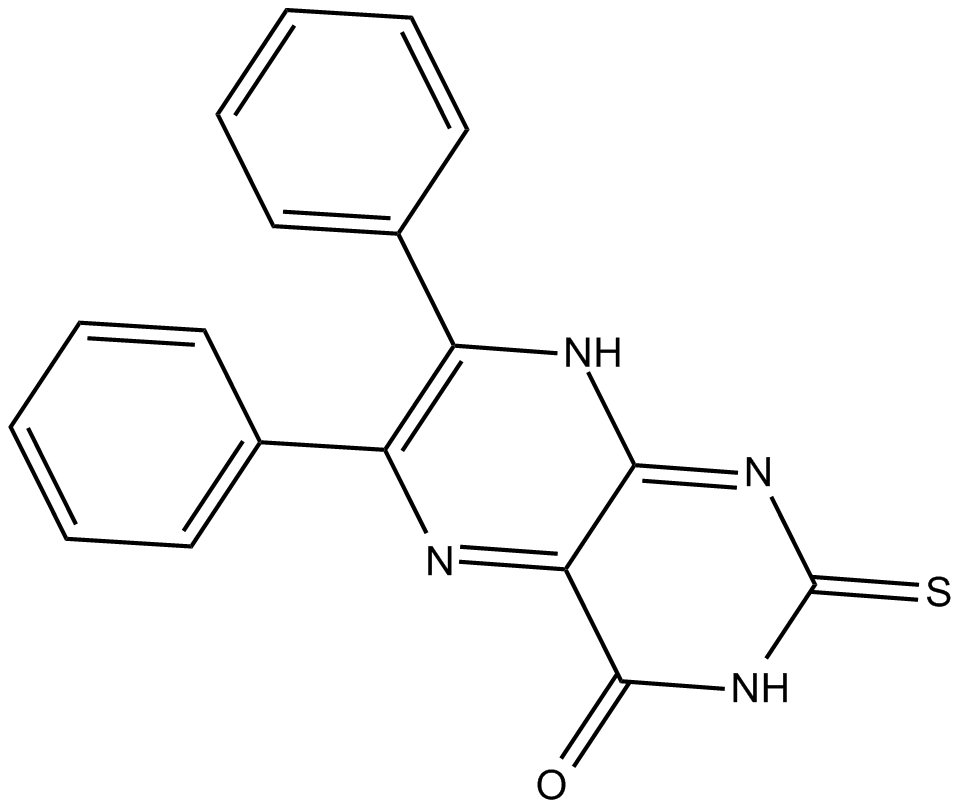 C4941 SCR7 pyrazineSummary: DNA连接酶IV抑制剂
C4941 SCR7 pyrazineSummary: DNA连接酶IV抑制剂 -
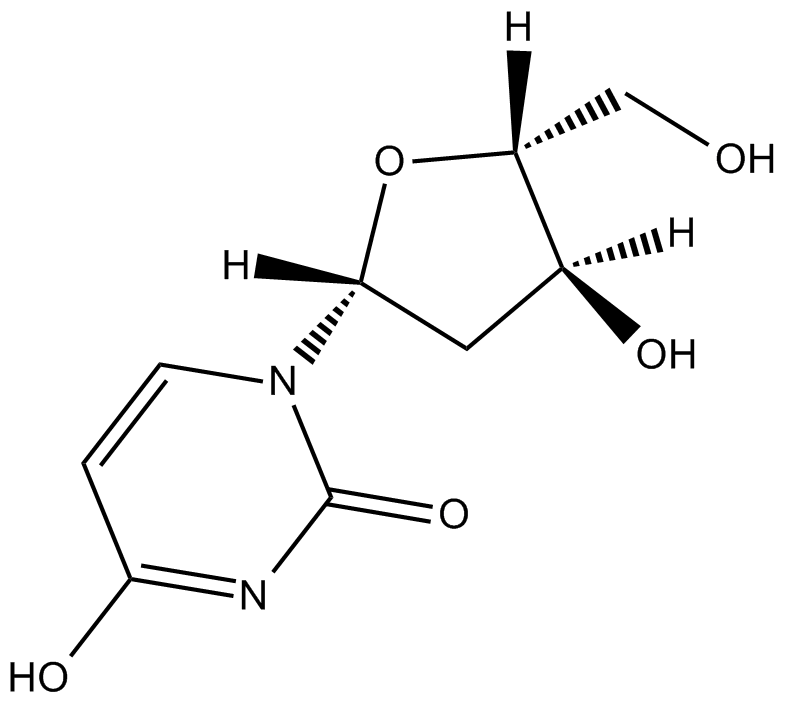 B7866 2-Deoxyuridine中文名: 2-脱氧尿苷Summary: Studies of DNA synthesis and degradation mechanisms.
B7866 2-Deoxyuridine中文名: 2-脱氧尿苷Summary: Studies of DNA synthesis and degradation mechanisms. -
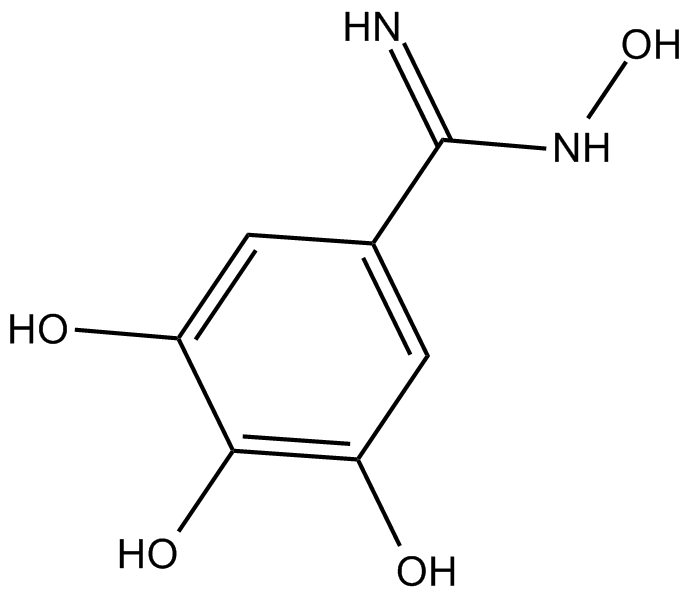 C4764 TrimidoxSummary: 特异性核糖核苷酸还原酶抑制剂
C4764 TrimidoxSummary: 特异性核糖核苷酸还原酶抑制剂 -
 C4732 Illudin S中文名: 隐陡头菌素SSummary: 有效的抗肿瘤倍半萜烯
C4732 Illudin S中文名: 隐陡头菌素SSummary: 有效的抗肿瘤倍半萜烯 -
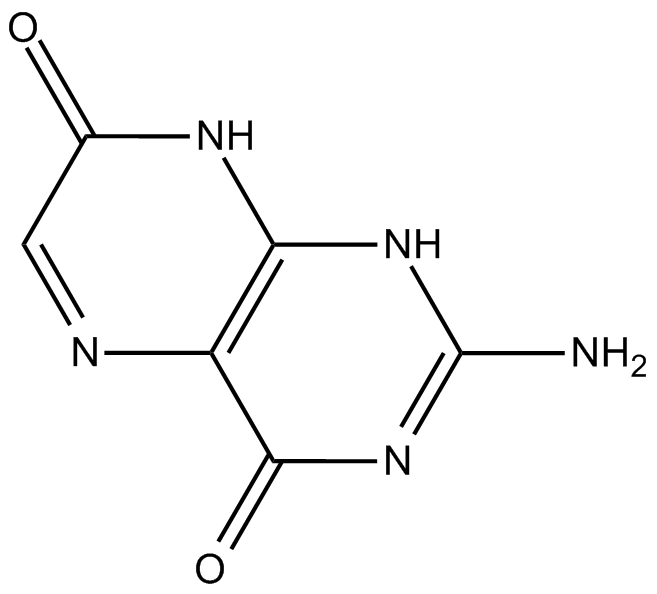 C4558 IsoxanthopterinSummary: 干扰RNA和DNA合成
C4558 IsoxanthopterinSummary: 干扰RNA和DNA合成

